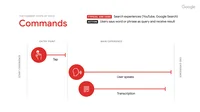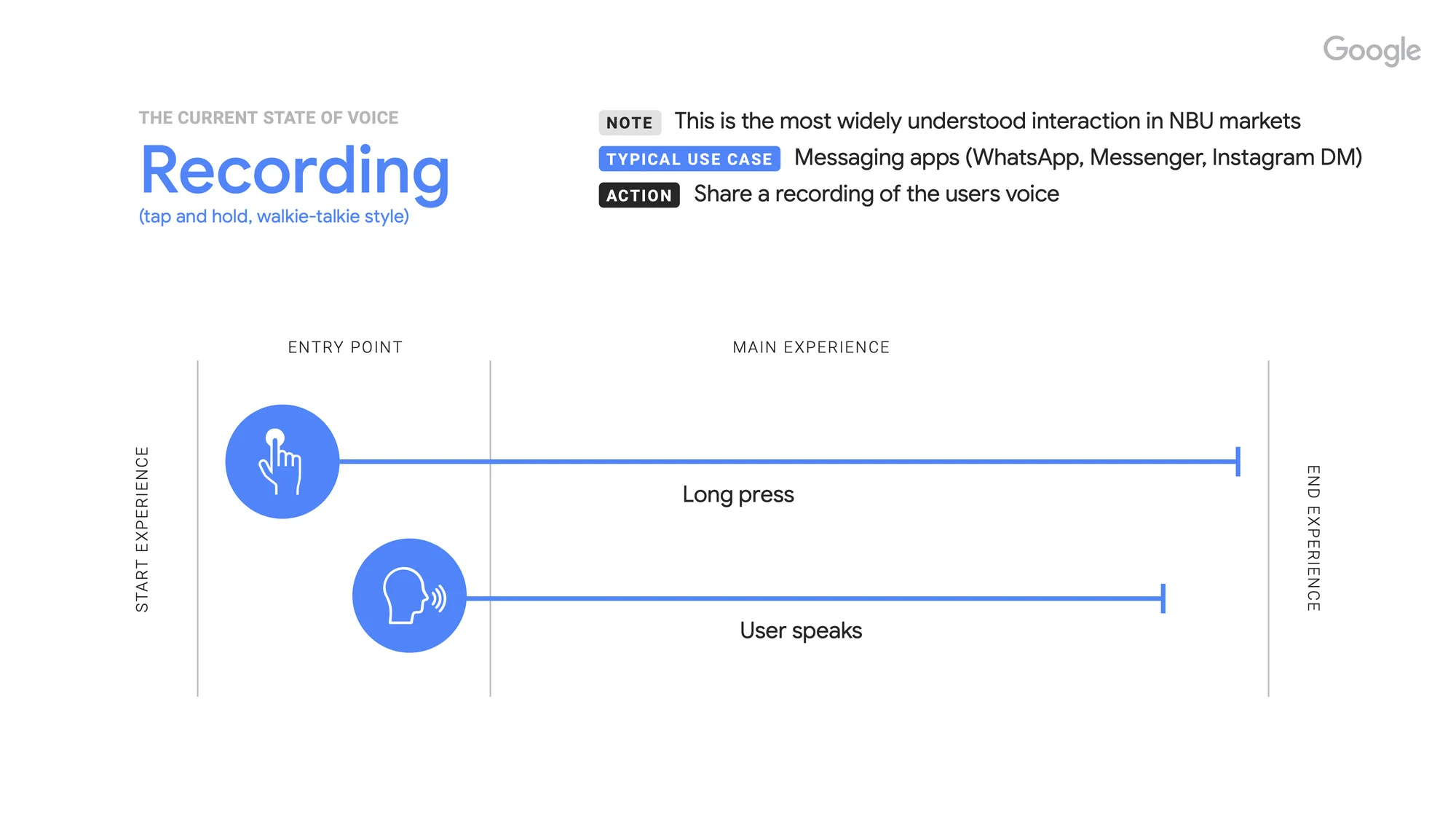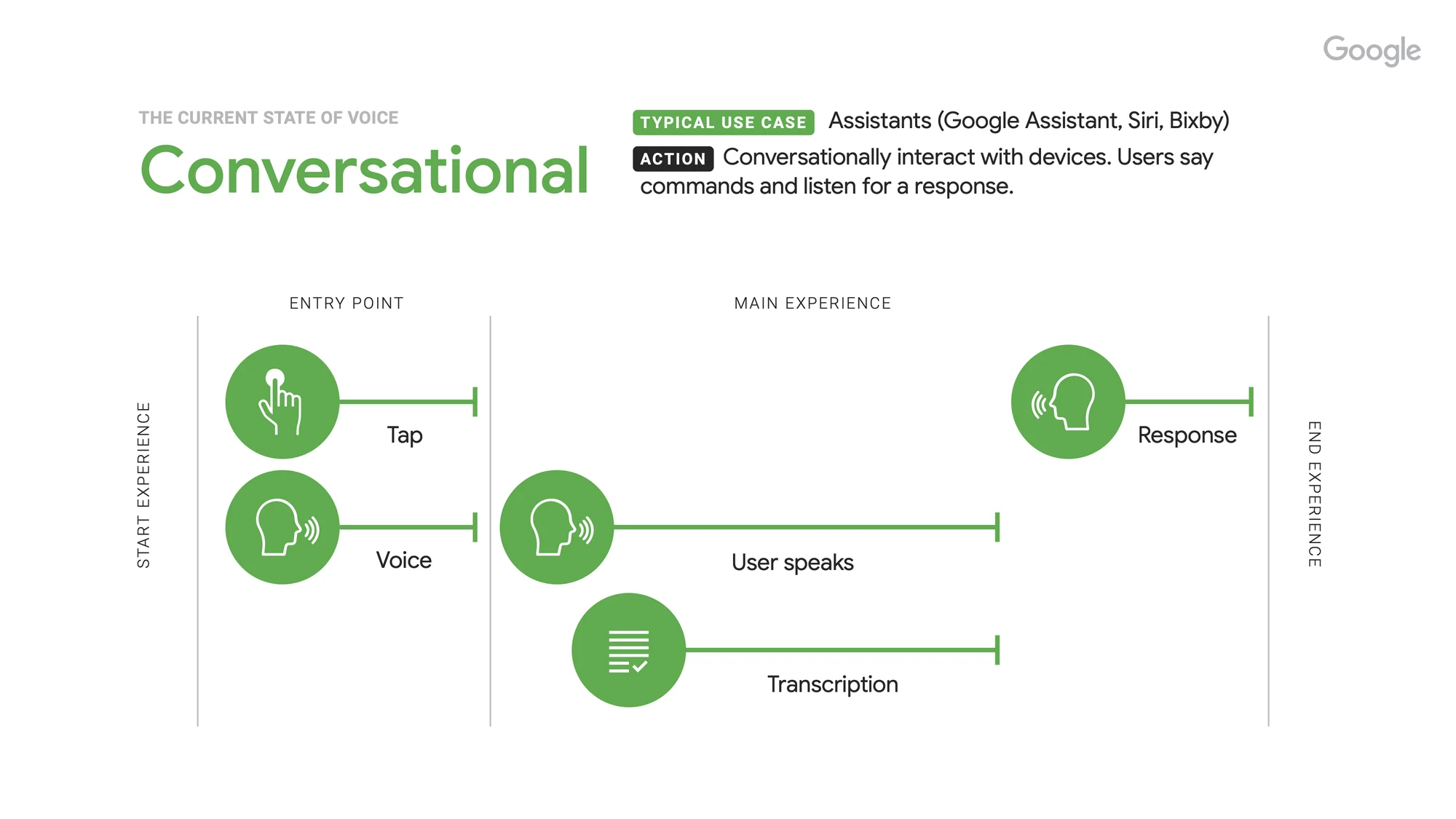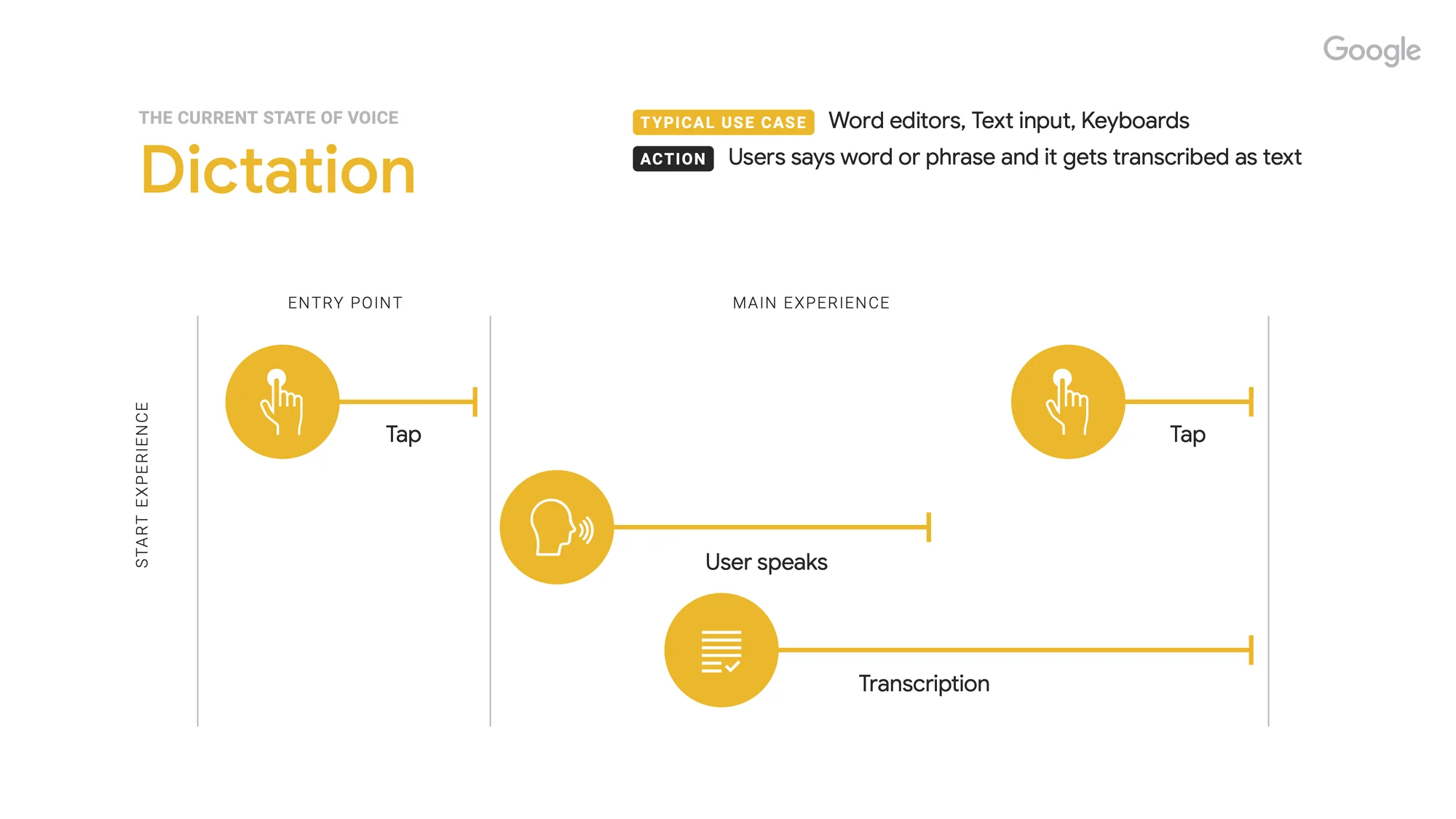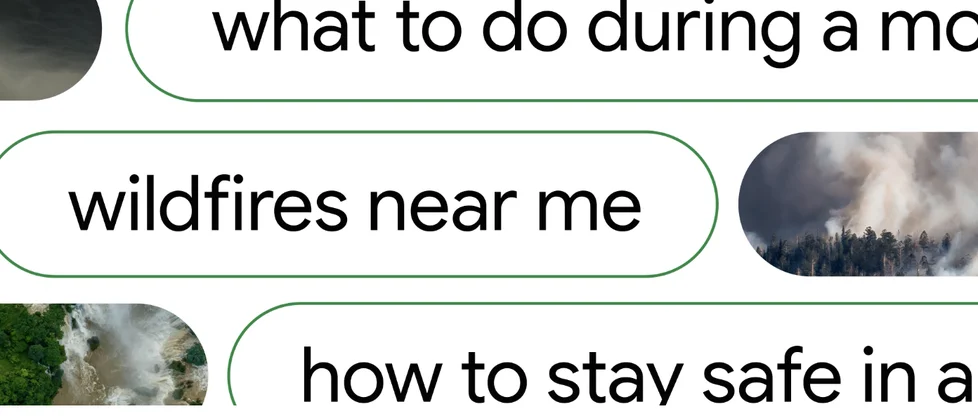How to help people navigate the internet, voice-first

When it comes to navigating the internet, many of us still think of keyboards and touchscreens as the norm. Or at least we did until recently.
Advances in technology — and the changing preferences of internet users around the world — mean that more and more people are now using their voice to access online information and tools. According to Statista, 42% of the global population — and 50% of people in Asia-Pacific — have conducted a voice search on a device recently. And the trend is growing especially quickly in places with large numbers of new internet users, where many people have no history of using a computer or even typing into a smartphone.
Today, we’re releasing a Voice Playbook to help the technology industry better understand why people are using their voice, the challenges that remain to realizing its potential and how we can build more relevant and inclusive technology in response.
New internet users are finding their voice
It’s easy to think of the ability to talk to your phone as just a matter of convenience — a way of getting information while you’re driving or cooking. But for many new internet users, voice isn’t just helpful — it’s critical. It provides a means for people coming online with low literacy levels to become self-sufficient, without help from others. It simplifies the way they interact with their device, given the complexity of typing in scripted languages. And it makes the output they’re seeking — the result of a search query, for example — much easier to understand.
Right now, people are using their voice to record and share themselves speaking, issue commands like search queries, use virtual assistants and dictate phrases to be transcribed.
People are using voice because it makes the internet less complex and confusing. At the same time, there are still significant, often frustrating challenges that remain. One is misinterpretation. Voice recognition and speech interpretation technology isn’t perfect yet, so people everywhere experience misinterpretations. But when new users have a bad experience with voice, they tend to blame themselves. A comment we hear a lot is that “it couldn’t understand my accent.” After a few bad experiences, people often just give up.
A second major challenge is self-perception. New internet users can feel like using their voice makes others think they’re uneducated, or they worry that their friends will make fun of them.
On top of this, there are privacy concerns. When people are often surrounded by big groups of people, they’re reluctant to speak to their device because they’re afraid of being overheard.
A playbook for voice technology
Technology can pose challenges for voice users, but if it’s designed and built right, it can also help overcome them.
Drawing on the lessons we’ve learned with our own voice technology, we’ve created a set of principles to guide the industry forward and help technology-makers everywhere think about how to build for voice. When we understand people’s experience of voice, and build around that experience, we can dramatically improve the helpfulness and accessibility of the technology they use.
- We can make voice more discoverable with simple icons (not ‘50s-style microphones) that meet common industry standards, take up greater space on the screen and require no more than one tap to access.
- We can prevent people from becoming frustrated and giving up by making the output they get simpler and easier to digest. (For example, we can break up long passages into simple, shorter sentences when text is being read out.)
- We can reflect new voice users’ daily realities by better supporting the way they speak naturally — whether it’s factoring in pauses for breathing and thinking, or providing greater support for the many multilingual people who switch from one language to another when they’re talking.

As hundreds of millions more people around the world come online, we want voice to feel more natural and useful. We’re looking forward to helping more people use their voice — and feel heard.
